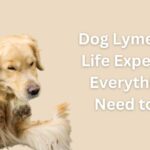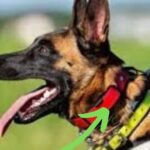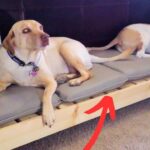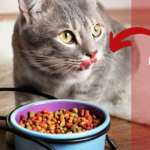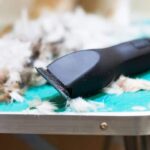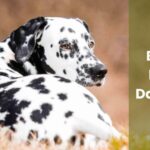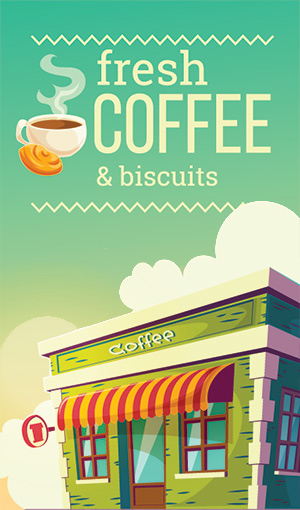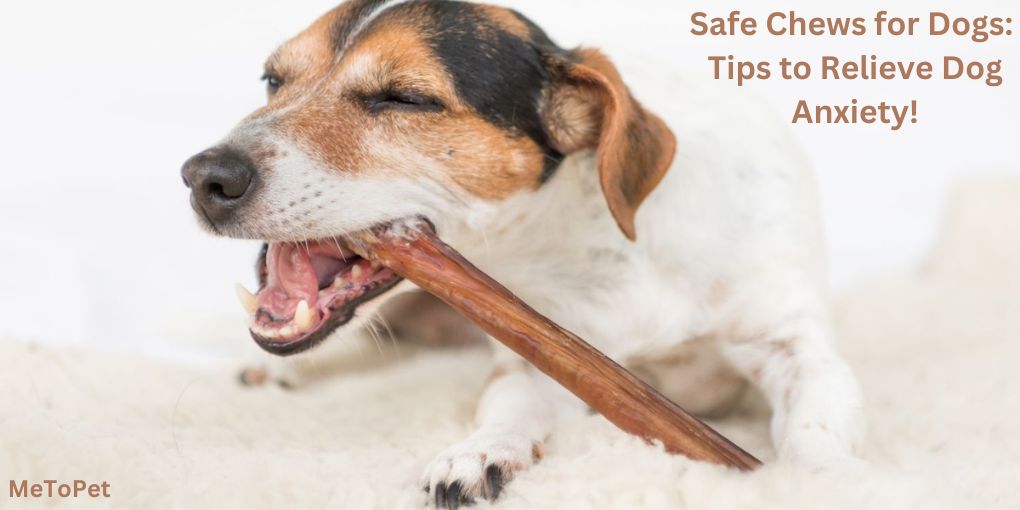
Many of us are overwhelmed searching for safe chews for dogs online or offline.
Welcome to the world of dog ownership! As a responsible dog owner, try to understand your furry friend’s natural needs. Their instinct to chew comes included.
Chewing is common for dogs, and it also helps them in many ways. Keeping their teeth healthy and easing stress is one of them.
Yet, not all chew options are safe for dogs. Some can pose serious risks, including choking, dental damage, and digestive problems. That’s why we’ve prepared this detailed guide to help you ensure your dog’s well-being.
We’ll explore the importance of chewing for dogs, the hazards of unsafe chews, and the types of safe chew toys and treats available. We’ll also provide tips on choosing the right chew for your furry companion. You’ll get guidance on supervision and maintenance.
Let’s dive in and learn all about safe chews for our beloved four-legged friends!
Understanding Canine Chewing Behavior
Understanding why dogs chew can help us provide them with appropriate and safe options to meet this instinctual need.
Natural Instincts and Benefits of Chewing
Teething
Puppies chew to soothe their sore gums during the teething phase. Chewing on suitable objects helps ease discomfort.
Dental Health
Chewing on certain items, like dental chews or toys, can help keep a dog’s teeth clean by reducing plaque and tartar buildup.
Stress Relief
Chewing can relieve dogs’ stress, helping them cope with anxiety or boredom. It releases endorphins, promoting a sense of relaxation.
Age-Related Chewing Patterns (Puppies vs. Adult Dogs)
Puppy Chewing
Puppies often use their mouths to learn about the world around them.
They have a strong urge to chew as they go through teething. But it also helps them learn about their surroundings.
Adult Dog Chewing
Adult dogs may continue to chew to maintain dental health and relieve stress. However, their chewing habits are generally less intense compared to puppies.
Identifying Excessive Chewing and Its Causes
Behavioral Issues
Excessive chewing might indicate underlying behavioral problems, such as separation anxiety or boredom.
Lack of Suitable Chews
If dogs don’t have access to appropriate chew toys or treats, they may resort to chewing on unsafe or forbidden items.
Medical Problems
Excessive chewing can be linked to dental issues or gastrointestinal discomfort.
Hazards of Unsafe Dog Chews
While chewing is normal for dogs, giving them unsafe chew toys or treats can lead to various hazards and health risks. Here are some risk factors related to hazardous dog chews-
Choking and Suffocation Risks
Small Parts
Some dangerous chew toys may have small pieces that can break off and cause dogs to choke.
Poorly Constructed Toys
Toys with loose or detachable components can also pose a choking risk if ingested accidentally.
Soft and Plush Toys
Dogs can rip apart soft toys. If they swallow the stuffing or squeakers, it can lead to choking or intestinal blockage.
Dental Hazards and Broken Teeth
Hard and Unyielding Materials
Chews made from tough materials like certain bones, antlers, or hooves can cause damage to a dog’s teeth.
Artificial Materials
Some unsafe chews may contain sharp edges or splinters that can injure the gums, tongue, or the inside of a dog’s mouth.
Digestive Issues and Intestinal Blockage
Indigestible Materials
Chews made of hard-to-digest materials, like plastic or rawhide, clog the intestine.
Ingestion of Foreign Objects
If a dog swallows large pieces of an unsafe chew, it can cause obstructions in its digestive system. Go for an immediate medical procedure in that situation.
Toxic Materials and Chemicals in Some Chews
Harmful Chemicals
Certain unsafe chew toys may contain toxic substances like lead, phthalates, or BPA, which can be harmful if ingested.
Contaminated Treats
Low-quality edible treats can contain harmful bacteria or chemicals. The elements may cause food poisoning.
Types of Safe Chew Toys and Treats
Provide dogs with safe and appropriate chew toys to promote their dental health. Their mental stimulation and well-being will see gradual improvement. Here are some types of safe chew options that are recommended for dogs:
Rubber and Latex Toys
Benefits and Suitable Breeds
Rubber and latex toys are comparatively durable. These toys offer a satisfying chewing experience for dogs that enjoy a bit of “give” in their chews. They are suitable for most breeds, mainly moderate to aggressive chewers.
Examples of Reputable Brands/Products
Kong toys are known for being long-lasting and having different ways to give treats. The material is natural rubber, which is a safe option. Other reputable brands offer rubber and latex toys in different shapes and sizes.
Nylon and Plastic Chews
Considerations for Appropriate Use
Nylon and hard plastic chews are best for dogs with strong jaws and moderate chewing habits. They come in various textures to cater to different chewing preferences.
Popular Choices in the Market
Nylabone is a well-established brand that offers a variety of nylon chews. Other reputable brands also produce safe and sturdy plastic chew toys.
Natural and Edible Treats
Safe Ingredients and Potential Health Benefits:
Natural and edible treats made from ingredients like-
- rawhide,
- bully sticks, and
- certain animal parts (e.g., pig ears) can offer a tasty and safe chewing option.
Look for treats with no artificial additives, preservatives, or chemicals.
Homemade vs. Store-Bought Options
Some dog owners prefer making homemade treats using sweet potatoes or dehydrated meats. If opting for store-bought treats, choose those from brands known for their safety standards.
It’s essential to consider your dog’s size, breed, and chewing behavior. Always supervise your dog while it is enjoying its chew to ensure safety. Remember that no chew is risk-free, so replacing damaged or worn-out chews is best.
Choosing the Right Chew for Your Dog
Selecting the appropriate chew toy/treat for your dog involves various factors. Their size, breed, age, and chewing behavior matter greatly. Read below for a detailed discussion on how to choose-
Considering Your Dog’s Size and Breed
Small Breeds
For small dogs, choose chew toys that will not cause choking hazards. Look for options designed specifically for smaller breeds.
Medium to Large Breeds
Larger dogs may need sturdier chews that can withstand their strong jaws. Opt for toys made from durable materials that can handle their chewing power.
Breed Characteristics
Consider your dog’s breed traits and preferences. Some breeds may prefer softer chews. Dogs of other breeds may enjoy more robust and challenging options.
Age and Chewing Behavior as Selection Factors
Puppies
During teething, puppies enjoy soft and soothing chews to ease gum discomfort. Look for toys designed for teething puppies, and avoid tough materials.
Adult Dogs
Adult dogs may have specific chewing habits, such as aggressive chewing or nibbling. Choose chews that align with their individual preferences and behavior.
Senior Dogs
Older dogs may have dental sensitivities or reduced jaw strength. Opt for softer or more flexible chews that are gentle on their teeth.
Consulting with a Veterinarian for Recommendations
Dental Health Needs
If your dog has specific dental issues, consult your veterinarian. Professional chew recommendations can help in oral care and teeth cleaning.
Dietary Restrictions
For dogs with dietary restrictions or food allergies, seek guidance on safe and suitable chew treats. This way, you can avoid food-triggered adverse reactions.
Final Words
Rotate your dog’s chew toys to keep their interest and prevent boredom. This also helps in preventing excessive wear and tear on a single chew. Avoid giving your dog old shoes, socks, or any household items to chew on. The spare things can encourage them to chew on inappropriate objects in the future.
Hope you can easily find safe chews for dogs at this point! Supervise your dog while they chew so they don’t accidentally swallow large pieces. Inspect chews for signs of damage, and keep replacing them.


